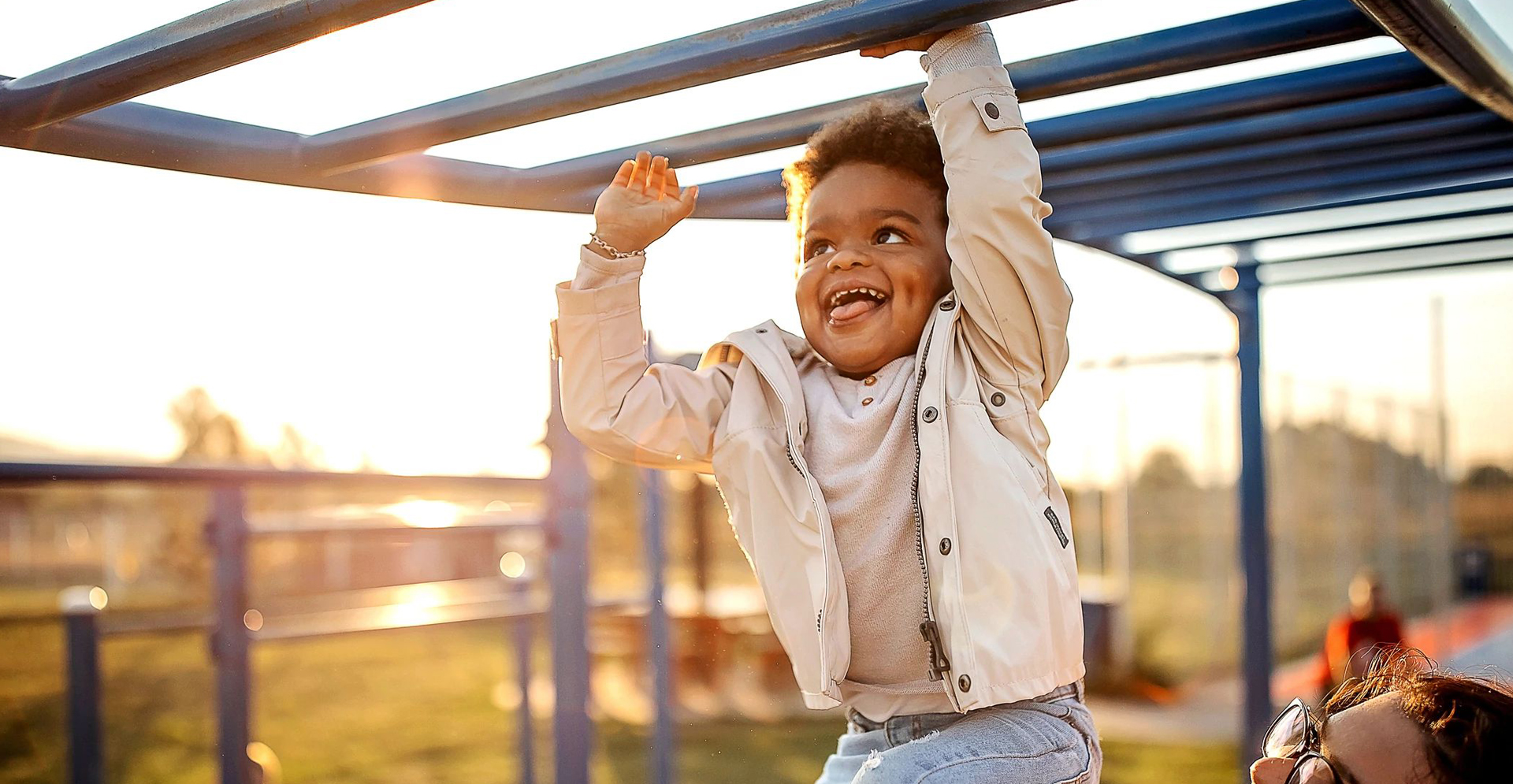I often hear that risk management is overly complex, difficult to implement and only provides benefits in very limited circumstances. This simply isn’t true…
As a risk manager, I believe that everyone identifies, quantifies and mitigates risks on a daily basis and that effective risk management can benefit every aspect of our lives. I’m also the father of a very adventurous two-year-old and, much to the bemusement of my wife, I have begun applying my project risk management strategies to the real life risks my daughter faces on a daily basis.
Here are a few of my thoughts about why risk management really is child’s play, and how we handle risk every day:
Avoiding Risks
As a father there are some scenarios we must try to avoid at all costs because the risk is too high, and the potential impacts are so terrible. For example, due to the potentially devastating collision impacts with an airbag, my daughter Llewy’s car seat is always fitted on the back seat, following the manufacturer's instructions, to protect her in the event of an accident and eliminate the risk of harm. Most risks, however, cannot be fully avoided, so we must instead adopt other strategies.
Mitigating Risks
With a toddler, all your waking hours are spent trying to mitigate risk by reducing the likelihood of the risk occurring, like putting toddler locks on all the kitchen cupboards, putting a gate at the top of the stairs or just making sure the front door is locked. Or, if we can’t avoid the risk entirely, we can try to lessen the impact of the risk, by putting soft mats down in her playroom and corner covers at the edge of tables. Sometimes hazards are unavoidable, so instead we do what we can to make the occurrence less harmful.
Transferring Risks
Although it was difficult as parents to relinquish control, my wife and I decided to place my daughter into daycare, which she loves. This obviously meant transferring a large amount of risk to a professional who is well trained and has a significant amount of experience in toddler management. Of course, in transferring this responsibility, the risks do not disappear and can still have impacts; thus, we do not just transfer the risk, we also transfer trust, and we expect to be informed of any incidents or dangerous events by her carers.
Accepting Risks
Like all two-year-olds, Llewy is very active and likes to run, explore and climb. As parents, despite our best efforts, we need to accept that we cannot be there to prevent every risk. Sometimes your child will fall and hurt themselves. What we can do, though, is use the above strategies to ensure the risks she faces have relatively minor impacts that can easily be remedied with a quick hug.
Lessons Learned
No matter how hard we try to avoid them, risks can, do and will impact our children. When this happens and Llewy ends up in a dangerous situation or does hurt herself, my wife and I try to take the emotion out of the situation and look for the lessons we can learn and the behaviors we can change.
No doubt as Llewelyn grows, the risk profile for her will change and I will have less and less control over the mitigations, and I'll look back fondly at the days when the impacts of most risks could be mitigated by an ice cream and cuddle.
Whether for our kids, our pets, while driving, or even doing simple tasks around the house, we all manage risk in various ways in our daily lives. When it comes to managing risks on our projects, if we think of it in terms of how we manage our own risks every day, the practice becomes less daunting and complex, and we can see that the benefits are many.




